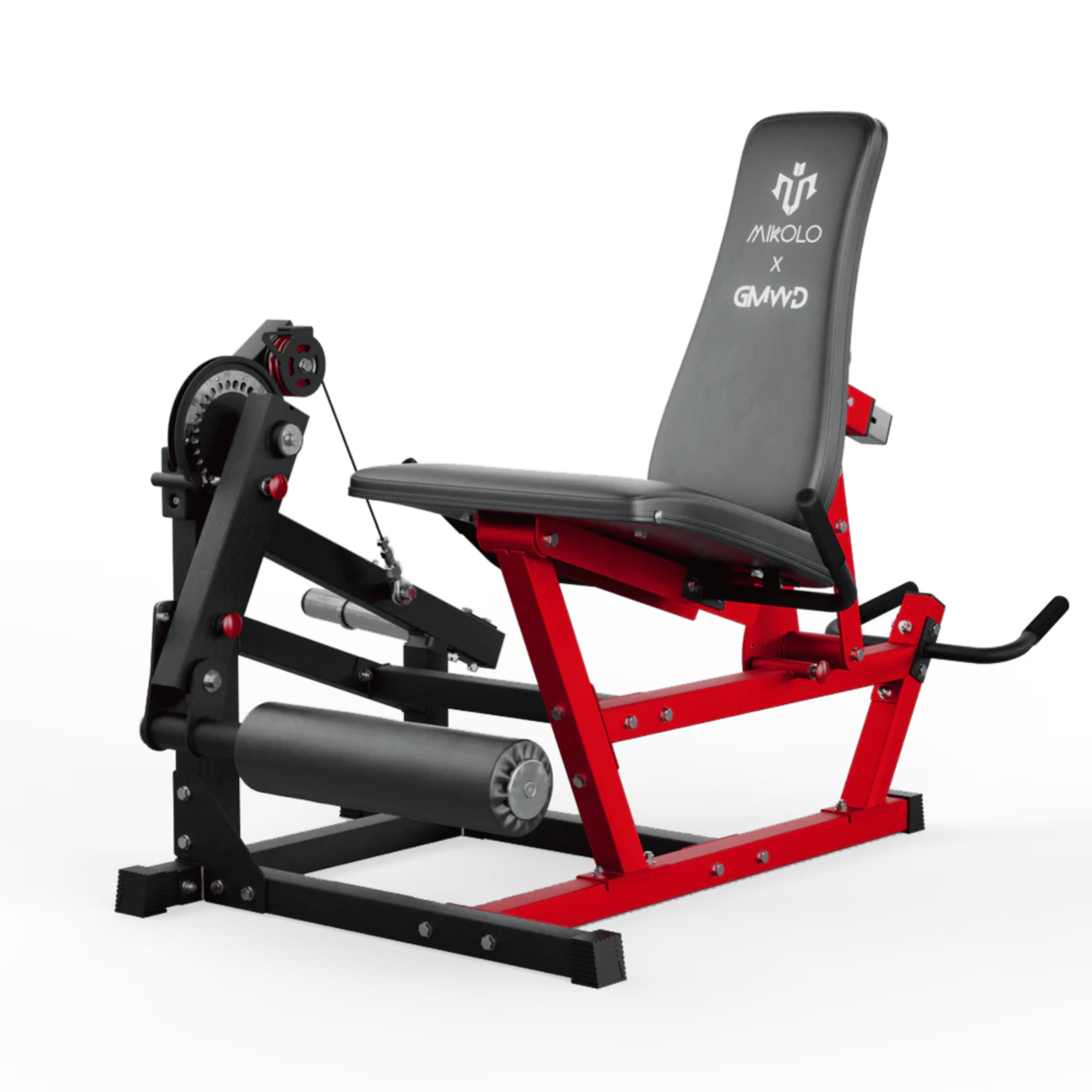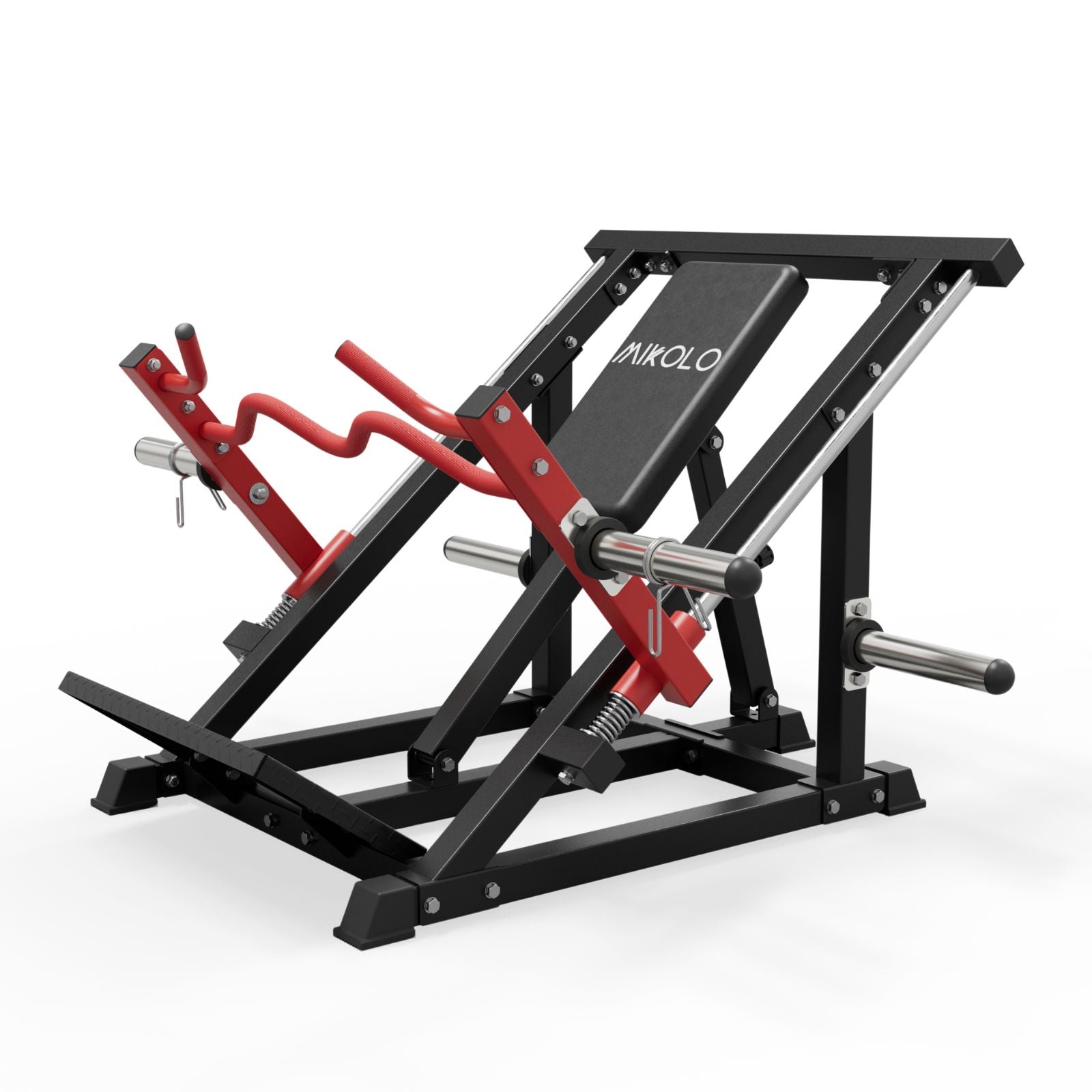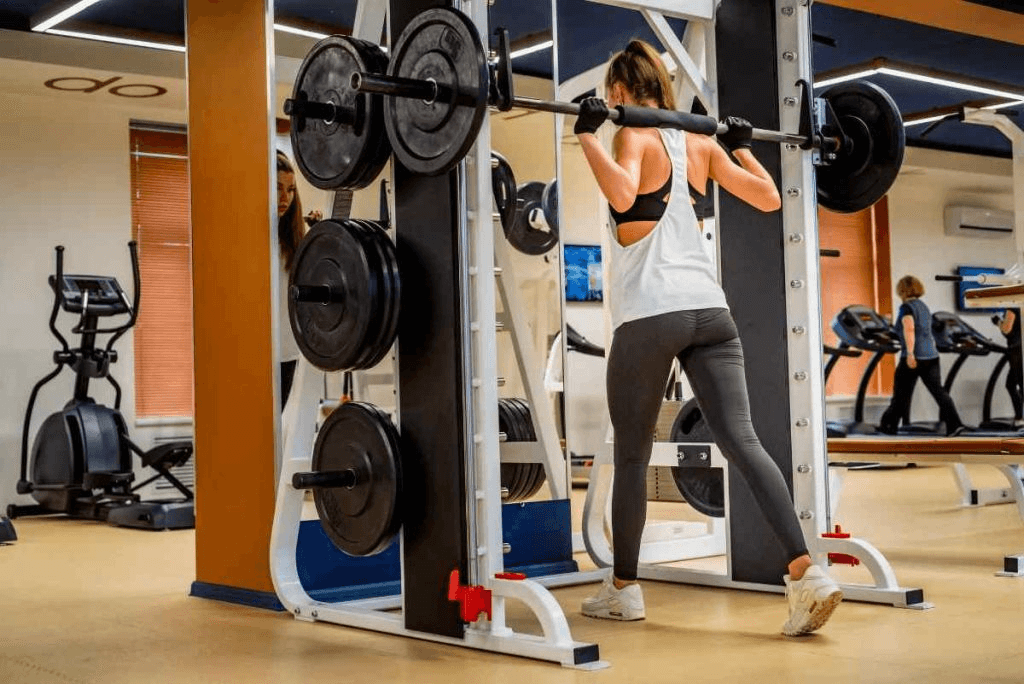A steady state cardiovascular workout involves maintaining a moderate intensity over an extended period. This form of exercise is noted for its consistency, which makes it easier to sustain compared to high intensity workouts. Why consider it? It’s beneficial for improving endurance, heart health, and is accessible to almost everyone. In this article, we’ll explore what makes steady state cardio effective and how you can incorporate it into your routine.
Key Takeaways
-
Steady state cardio is an accessible and sustainable workout, ideal for improving cardiovascular health and muscle endurance through moderate intensity.
-
This type of workout effectively enhances aerobic capacity and promotes efficient oxygen use, boosting overall performance and energy levels.
-
Incorporating steady state cardio with high intensity interval training (HIIT) creates a balanced fitness routine that maximizes results and prevents plateaus.
What is a Steady State Cardiovascular Workout?
Steady state cardio, or steady cardio, is defined by maintaining a moderate intensity for an extended period, typically keeping your heart rate at about 45 to 65 percent of your maximum. This type of cardiovascular exercise is characterized by a consistent, steady pace that can be sustained without causing undue fatigue or strain. Unlike high intensity interval training (HIIT), which involves short bursts of intense exercise followed by rest, a steady state cardio program is all about maintaining a consistent effort.
One of the key benefits of steady state training is its accessibility. It provides a sustainable option for beginners and those with certain health conditions, making it an excellent choice for a wide range of individuals. A moderate pace allows participants to reap the benefits of steady state cardio without the intense physical exertion that can be a barrier to regular exercise.
Additionally, steady state cardio workouts can be easily integrated into various settings, whether using cardio machines like treadmills and stationary bikes or engaging in outdoor activities like walking, jogging, or cycling. The consistent nature of steady state cardio not only supports cardiovascular health but also promotes endurance and overall fitness.
Key Benefits of Steady State Cardio
Steady state cardio offers a host of benefits that can significantly enhance your overall health and fitness. From improving cardiovascular health to boosting aerobic capacity and building muscle endurance, the advantages are numerous and impactful.
Let’s dive deeper into these benefits to understand why steady state cardio is a valuable addition to any exercise routine.
Improved Cardiovascular Health
Engaging in steady state cardio can significantly enhance blood flow and increase the heart’s efficiency. Maintaining a consistent, moderate pace helps your heart pump blood more efficiently, lowering your resting heart rate and enhancing overall cardiovascular health. This form of exercise is particularly beneficial for reducing the risk of heart disease and enhancing metabolic health, especially when combined with high intensity interval training.
Using a heart rate monitor during your workouts ensures that you maintain the optimal intensity for steady state cardio. Keeping your heart rate within the target zone maximizes the benefits of your exercise routine and helps avoid overexertion. Additionally, incorporating proper warm-up and cool-down periods in your exercise routine can enhance blood flow to the muscles, reduce injury risk, and aid in recovery.
Mixing steady state cardio with HIIT can offer even greater benefits, such as increased calorie burn and improved metabolic rate. This combination not only enhances cardiovascular health but also supports weight loss and overall fitness goals. The gradual increase in heart rate during steady state cardio, followed by the intense bursts of HIIT, ensures that your cardiovascular system remains challenged and continually improves.
Enhanced Aerobic Capacity
Steady state cardio significantly improves aerobic capacity and the aerobic system, which is crucial for endurance activities. Consistent, moderate-intensity exercise improves your body’s efficiency at using oxygen, enabling you to perform activities without feeling easily fatigued. This improvement in aerobic capacity means better overall performance in various physical activities and a greater ability to maintain energy levels throughout the day.
The benefits of steady state cardio extend to enhancing lung capacity and oxygen utilization. This type of training helps your body adapt to increased oxygen demands, making it easier to sustain prolonged physical activity. Additionally, combining steady state cardio with high intensity interval training can further maximize aerobic capacity and support fat loss, creating a well-rounded fitness routine.
Muscle Endurance
Steady state cardio is also highly effective in building muscle endurance. Training slow-twitch muscle fibers, essential for endurance activities, allows you to perform longer and more effectively during workouts. This type of exercise works major lower body muscles such as the quads, glutes, and hamstrings, contributing to improved muscle endurance and overall fitness.
Gradually increasing the duration and intensity of your steady state cardio workouts helps your body adapt to higher levels of exertion without injury. This approach not only improves muscle mass and metabolic rate but also supports long-term endurance and fitness goals.
Incorporating both steady state cardio and HIIT targets different energy systems, achieving a balanced, comprehensive workout routine.
Popular Steady State Cardio Workouts
There are several popular steady state cardio workouts that you can easily incorporate into your fitness routine. Activities such as brisk walking, stationary biking, and outdoor cycling are excellent examples of steady state cardio.
Each of these exercises offers unique benefits and can be tailored to fit your fitness level and preferences.
Brisk Walking
Brisk walking is one of the most accessible forms of steady state cardio. It is a low-impact workout suitable for all fitness levels, making it an ideal choice for beginners and those looking for a gentle yet effective exercise. A treadmill or a flat walking route outdoors is sufficient for a brisk walking session, allowing you to maintain a steady pace and enjoy the numerous health benefits.
In addition to being easy on the joints, brisk walking helps increase the number of mitochondria in muscle cells, boosting energy production and endurance. This simple yet powerful exercise can be part of a daily routine, helping you stay active and improve your overall health.
Stationary Bike
Using a stationary bike for steady state cardio workouts offers several advantages:
-
It is a low-impact option, making it suitable for individuals with joint concerns.
-
A stationary bike workout can effectively burn calories.
-
It can increase overall endurance, making it an excellent choice for those aiming to improve their fitness levels.
The stationary bike allows for a controlled environment where you can easily monitor and adjust your intensity. Whether you prefer indoor cycling or using a regular bike for outdoor cycling, this form of exercise provides a consistent and effective way to engage in steady state cardio.
Outdoor Cycling
Outdoor cycling is a fun and engaging way to perform steady state cardio while enjoying nature. This bike ride provides a unique opportunity to combine exercise with the enjoyment of the great outdoors, making workouts more enjoyable and less monotonous.
Cycling outdoors not only helps improve cardiovascular health but also tones lower body muscles effectively. The fresh air and changing scenery can make your exercise routine more enjoyable, encouraging you to stick with it and achieve your fitness goals.
How to Incorporate Steady State Cardio into Your Fitness Routine

Incorporating steady state cardio into your fitness routine can be straightforward and highly beneficial. Scheduling regular sessions, monitoring your heart rate, and gradually increasing intensity helps seamlessly integrate steady state cardio into your overall exercise regimen.
Let’s explore some practical tips on how to achieve this.
Scheduling Your Workouts
It’s beneficial to schedule steady state cardio on non-strength training days to enhance workout efficiency and avoid overtraining. Engaging in too much steady state cardio may lead to fatigue and negatively impact muscle recovery, so it’s crucial to balance your workouts with adequate rest days.
A well-structured fitness routine might include alternating days of HIIT and steady state workouts, alongside rest days to allow recovery. This approach not only improves muscle endurance but also makes daily activities less exhausting and supports long-term fitness goals.
Monitoring Heart Rate
Monitoring your heart rate during steady state cardio sessions is essential for ensuring you are training within your optimal zone. By staying within this zone, you can maximize the effectiveness of your workouts and enhance cardiovascular health. Regularly tracking your heart rate helps ensure you maintain the right intensity, leading to better results and improved overall fitness.
Using a heart rate monitor can help you stay on track and avoid overexertion, ensuring that your steady state cardio workouts are both safe and effective. This practice is key to achieving the desired benefits of steady state cardio, such as increased heart efficiency and enhanced blood flow.
Increasing Intensity Gradually
Beginners should aim to start with steady state cardio workouts of around 30 minutes and gradually increase the duration and intensity. It’s advisable not to perform steady state cardio daily; allowing at least one or two rest days each week is crucial for preventing overtraining and ensuring sustainable progress.
Listening to your body and recognizing signs of fatigue is vital for avoiding injuries and maintaining a healthy fitness routine. Building up an aerobic base before transitioning to high intensity interval training (HIIT) workouts can further enhance your endurance and overall fitness.
Common Mistakes to Avoid in Steady State Cardio

While steady state cardio offers many benefits, it’s essential to avoid common mistakes that can hinder your progress. Overtraining and neglecting to vary your workouts can lead to reduced effectiveness and increased risk of injury.
Let’s explore these mistakes in more detail to help you stay on track.
Overtraining
Overtraining occurs when an athlete exceeds their body’s ability to recover from intense training, leading to a decline in performance and increased risk of injury. It’s crucial to gradually increase your duration and intensity to prevent injuries and ensure sustainable progress. Adequate rest and recovery time are essential for muscle repair, rebuilding strength, and preventing potential injuries associated with overtraining.
Balancing your workouts with rest days and incorporating a variety of exercises can help you avoid the pitfalls of overtraining. By listening to your body and adjusting your routine as needed, you can maintain a healthy and effective fitness regimen.
Ignoring Warm-Up and Cool-Down
Proper warm-up prepares the body for exercise, reducing the risk of injury by increasing blood flow and flexibility. Ignoring warm-up can lead to injuries such as strains and sprains due to a sudden increase in physical activity without preparation.
Similarly, a cool-down helps the body transition back to rest, decreasing muscle stiffness and soreness. Skipping cool-down may result in prolonged recovery time, impacting future workouts and overall performance.
Incorporating both warm-up and cool-down routines into your exercise program is crucial for maintaining optimal performance and preventing injuries.
Combining Steady State Cardio with Other Training Methods
Combining steady state cardio with other training methods can provide a comprehensive approach to fitness. By mixing steady state cardio with high intensity interval training (HIIT) or strength training, you can achieve a balanced workout routine that maximizes results and prevents plateaus.
Benefits of Mixing Cardio Types
Incorporating both steady state cardio and high intensity interval training can enhance overall cardiovascular health and endurance. Mixing cardio types helps to prevent plateaus in fitness progress and keeps workouts engaging. A sample weekly workout plan might include three days of steady state cardio and two days of HIIT to maximize results.
Balancing steady state cardio with HIIT leads to improved overall conditioning and can reduce the risk of injury. This combination ensures that your cardiovascular system remains challenged and continually improves, supporting long-term fitness goals.
Sample Weekly Workout Plan
Creating a sample weekly workout plan can help illustrate how to effectively integrate steady state cardio into your fitness routine. For example, you might start the week with a brisk walking session on Monday, followed by a HIIT workout on Tuesday, and a stationary bike session on Wednesday.
Alternating between steady state cardio and high intensity interval training enables you to achieve a balanced and comprehensive fitness routine. This approach not only supports cardiovascular health but also enhances muscle endurance and overall fitness levels.
Summary
Steady state cardio offers a multitude of benefits, from improving cardiovascular health to enhancing aerobic capacity and building muscle endurance. By incorporating steady state cardio into your fitness routine, you can achieve a well-rounded and effective exercise regimen that supports long-term health and fitness goals.
Remember to balance your workouts with rest days, monitor your heart rate, and gradually increase the intensity to avoid overtraining and injuries. With a consistent and thoughtful approach, steady state cardio can be a key component of your fitness journey, helping you achieve your goals and maintain a healthy lifestyle.
Frequently Asked Questions
What is steady state cardio?
Steady state cardio is all about maintaining a moderate intensity for an extended duration, keeping your heart rate around 45 to 65 percent of your maximum. This consistent effort can boost your endurance and fitness levels effectively!
How does steady state cardio improve cardiovascular health?
Steady state cardio significantly boosts your cardiovascular health by improving blood flow, increasing heart efficiency, and lowering your resting heart rate. Embrace this exercise to enhance your heart health and reduce the risk of disease!
Can I combine steady state cardio with HIIT?
Absolutely! Combining steady state cardio with HIIT can boost your cardiovascular health, enhance fat loss, and increase your endurance. Get started and enjoy the benefits!
What are some common mistakes to avoid in steady state cardio?
To maximize your steady state cardio, avoid overtraining, make sure to vary your workouts, and never skip your warm-up and cool-down routines. Stay consistent and pay attention to these details for the best results!
How can I incorporate steady state cardio into my fitness routine?
You can incorporate steady state cardio by scheduling regular sessions, monitoring your heart rate, and gradually increasing intensity. Balance your routine with rest days and mix in other training methods for optimal results!










































Leave a comment
This site is protected by hCaptcha and the hCaptcha Privacy Policy and Terms of Service apply.